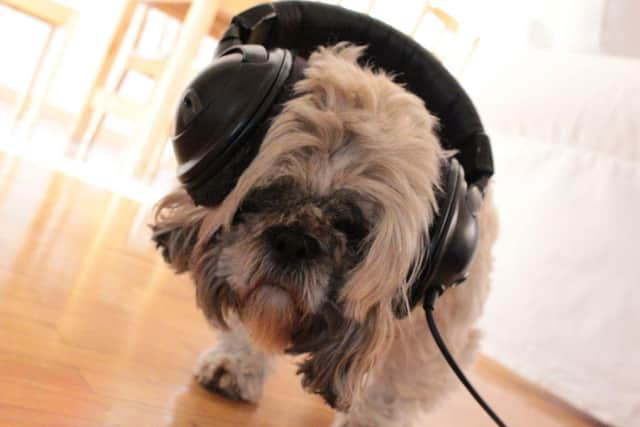Dog Training and Music: Here's how the right choice of music could help you train your adorable dog - and how to give positive reinforcement
This article contains affiliate links. We may earn a small commission on items purchased through this article, but that does not affect our editorial judgement.
Making sure our pets are properly trained is a top priority – with research from pet experts PetKeen.com finding that 94 per cent of pet owners have trained their dog at home, while almost 50 per cent enrolling their pup into a training class for help.
When you start out training, it can feel daunting, especially if you’ve never owned a dog before.
Advertisement
Hide AdAdvertisement
Hide AdCreating a calm atmosphere is the one thing you can do to really improve the experience for you and your dog, in the moment and in the long run.
And Tails.com dog trainer and behaviourist Carolyn Mentieth reckons the best way to do that is to use music to set the scene.
She’s worked with music licensing company PPL PRS, to share these top tips.
How do I pick the right music to train my dog to?
The right music (such as light classical, soft rock, easy listening) played at a low level has been seen to have a calming effect on the dogs. It can also help dogs who have low level anxiety or stress when in the home as it takes the focus away from unexpected noises coming from outside and replaces it with something calm and predictable.


Also, when running training classes, playing music relaxes the owner too and helps them transform a boring obedience-type exercise into a fun, dance exercise where the dog and owner are working together! When the owner is relaxed and having fun, so is the dog. Training and working with our dogs should be fun and not a chore - and music helps to achieve that.
Positive training tips to use with music
Try small sessions of training to build better habits. So, rather than one long session trying to drill in a new habit, taking a few minutes over the course of days, playing quiet music, and doing the same session of training will allow your dog to process the new habit and get used to it naturally by doing it over the course of days.
Make use of hand signals as well as vocal commands. This is because dogs don’t understand human words so giving them a visual signal to see as well as hear the vocal command may help them recognise a command better in the long run. This also works nicely if you’re using music to aid training, as the sound from the music won’t affect your dog learning a visual hand command.
Always celebrate the small accomplishments. Like us, our pets will respond well to positive reinforcements when they do well. So, as you train, if they complete a task first time, give them a cuddle or a treat or even have a little dance with your dog to show them they’ve done well. This way they associate that task with your hugs or fun.
Advertisement
Hide AdAdvertisement
Hide AdBe consistent in your training. Like anything, practise makes perfect. Lots of consistent training will help your dog learn new habits better than unexpected and random training pattern. You can make training consistent by working it into your daily life, so maybe when you crank up the tunes to clean, turn the volume down for 10 minutes to practice something with your dog before continuing your task. That way your dog knows when you start cleaning, they need to get ready to learn something new or practise something old.
How can I tell if my dog is enjoying training to music?
Dogs show how they are feeling through body language - whether excited, fearful, stressed, or happy. A calm dog is relaxed and happy to chill out - just like us when we find music calming. Any tail wags are gentle and swaying, ears are relaxed, any wrinkling above their eyes or at the corners of the mouth smooth away, and breathing is steady and gentle. Their enjoyment is probably more to do with sharing their owner’s enjoyment and pleasure - and that their human is far more relaxed and happier when listening to their choice of music. As music is a social experience - and it certainly seems our dogs share that. Use the power of music as you train your beloved pup, whether at home or with a local trainer. Relaxed dogs and owners create a better training experience for all involved.
Comments
Want to join the conversation? Please or to comment on this article.